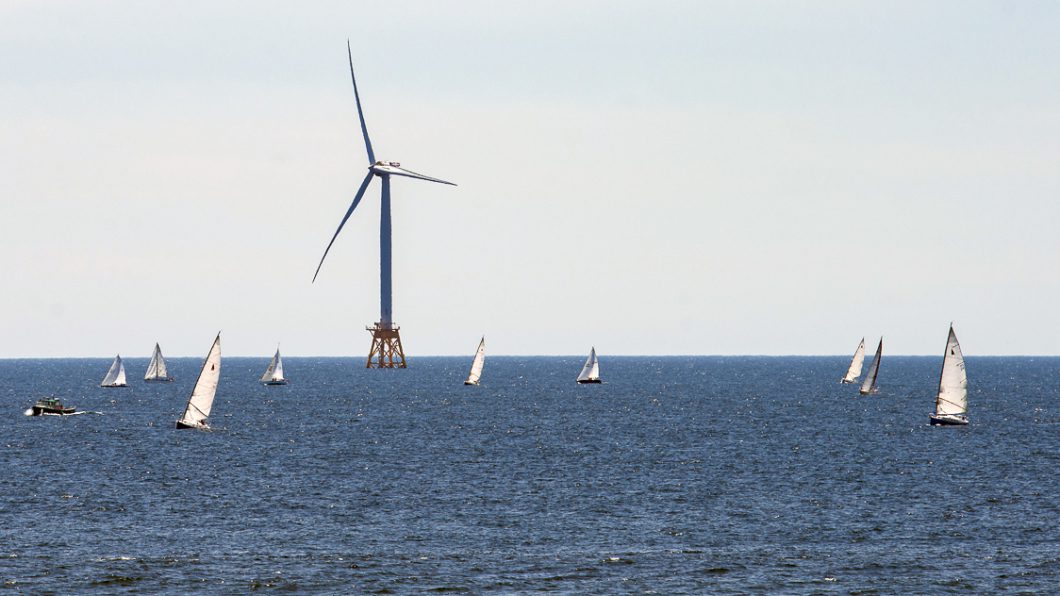Make way for wind: ISO-led studies prepare the grid for influx of renewable energy sources

New England—with its open spaces on land and proximity to the sea—is a region rich in potential wind power. As our changing climate drives home the urgent need to reach our clean energy future, the ISO is conducting extensive studies to ensure the grid is ready to safely and reliably incorporate a large influx of this renewable energy source.
Meeting the challenge
The massive amounts of wind power available, coupled with the New England states’ commitments to meet aggressive decarbonization goals, has generated huge interest from developers: two-thirds of all new generation proposals in the ISO’s Interconnection Queue are for wind projects totaling more than 19,000 megawatts (MW).
Not all these projects will end up getting built, but ISO-NE’s role in transmission planning will be critical to those that do come to fruition—the ISO scopes out each project with the developer, and then conducts the feasibility and system impact studies to determine how to interconnect to the grid reliably (See the Interconnection Request Queue page for the current status of interconnection requests as well as additional perspective on proposed projects).
Because wind-rich areas are often in remote locations, the power generated there needs to be transmitted to population centers. In New England, much of the potential onshore wind power is in northern Maine, and much of the offshore potential is off the coasts of Massachusetts, Rhode Island, and Connecticut. This has put a spotlight on Cape Cod as a potential interconnection point for several projects.
Cluster studies on Cape Cod
The ISO’s adoption of cluster methodology allows the study of multiple proposals at once, and lets developers share the costs of the study and any upgrades identified. Approved in 2017, the cluster approach is helping the ISO more efficiently complete the necessary studies for the surplus of wind proposals and share that information with developers, helping them to make timely decisions about next steps—if any—for their projects.
In October 2020, the ISO undertook the First Cape Cod Resource Integration Study (CCRIS) to identify potential upgrades needed to accommodate the addition of wind resources. Highlights from the recently released results from the first study include:
- 1,600 MW of offshore wind on Cape Cod currently have completed Interconnection System Impact Studies (SIS) and may interconnect as identified in those studies.
- An additional 3,260 MW of generation and an elective transmission upgrade are also seeking to interconnect on Cape Cod.
- The ISO has completed a Cluster Enabling Transmission Upgrade Regional Planning Study (CRPS) that identified a new 345-kv line connecting West Barnstable to Bourne would enable the interconnection of an additional approximately 1,200 MW of offshore wind generation on Cape Cod (2,800 MW in total).
The window for eligible customers to proceed to the next phase of this clustering process closed on August 29, 2021. Several projects did meet the cluster-entry requirement and the public queue has been updated to identify that 1,227 MW are proceeding to the Cluster System Impact Study phase. A second CCRIS is already underway; it will build on the first, seeking to identify other enabling upgrades for additional offshore wind interconnections in the Cape Cod area. Initial results are expected by the end of 2021.
- Categories
- Industry News & Developments
- Tags
- renewable resources, wind



